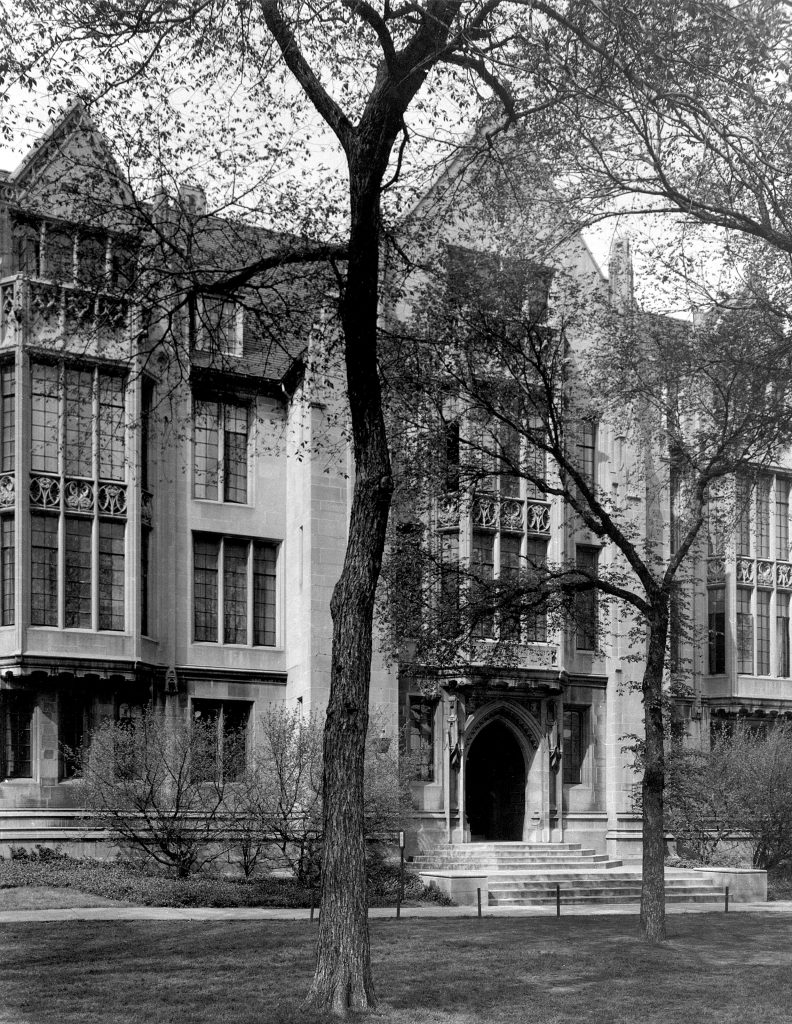Anthony Turkevich (1916-2002) was an American chemist. He was born on July 23, 1916 in New York City. He received a Ph.D. from Princeton in 1940.
Turkevich joined the Manhattan Project in 1942 at Columbia University. A year later he went to the Metallurgical Laboratory. At the Met Lab, he studied a variety of things such as the radiochemistry of reactor products and the separation of uranium isotopes by gaseous diffusion of uranium hexafluoride.
Turkevich transferred to Los Alamos in 1945 in time for the first test of a nuclear weapon at Alamogordo. After that test, he worked with Edward Teller to investigate the potential of thermonuclear weapons. He used the Electronic Numerical Integrator and Computer (ENIAC) to demonstrate the feasibility of a fusion bomb.
Scientific Contributions
In 1946, Turkevich returned to the University of Chicago as an assistant professor of chemistry. He continued to work part-time at Los Alamos throughout his academic career. As an assistant professor he wrote an unpublished paper with Enrico Fermi about the Big Bang called “Thermonuclear Reactions in the First Hour of an Expanding Universe.”
Turkevich is credited with coming up with the idea to sample krypton-85 in the atmosphere as a way to monitor nuclear weapons tests. This became important when the Soviet Union began testing nuclear weapons. Turkevich helped implement an intelligence program that used these methods to analyze Soviet tests.
Turkevich proposed the possibility of remote analysis of the elemental composition of lunar soil to NASA in 1961. This led to the Surveyor missions throughout the 1960s, which were important precursors to the Apollo missions.
In the 1970s and 80s, Turkevich studied exotic particles. He tried to find delta particles and superheavy particles in nuclei. Later in that period, he also studied the half-life of double beta decay in uranium-238. He found that the half-life was much shorter than predicted: a mere 2×10^21 years.
Turkevich died on September 7, 2002 in Lexington, Virginia.





